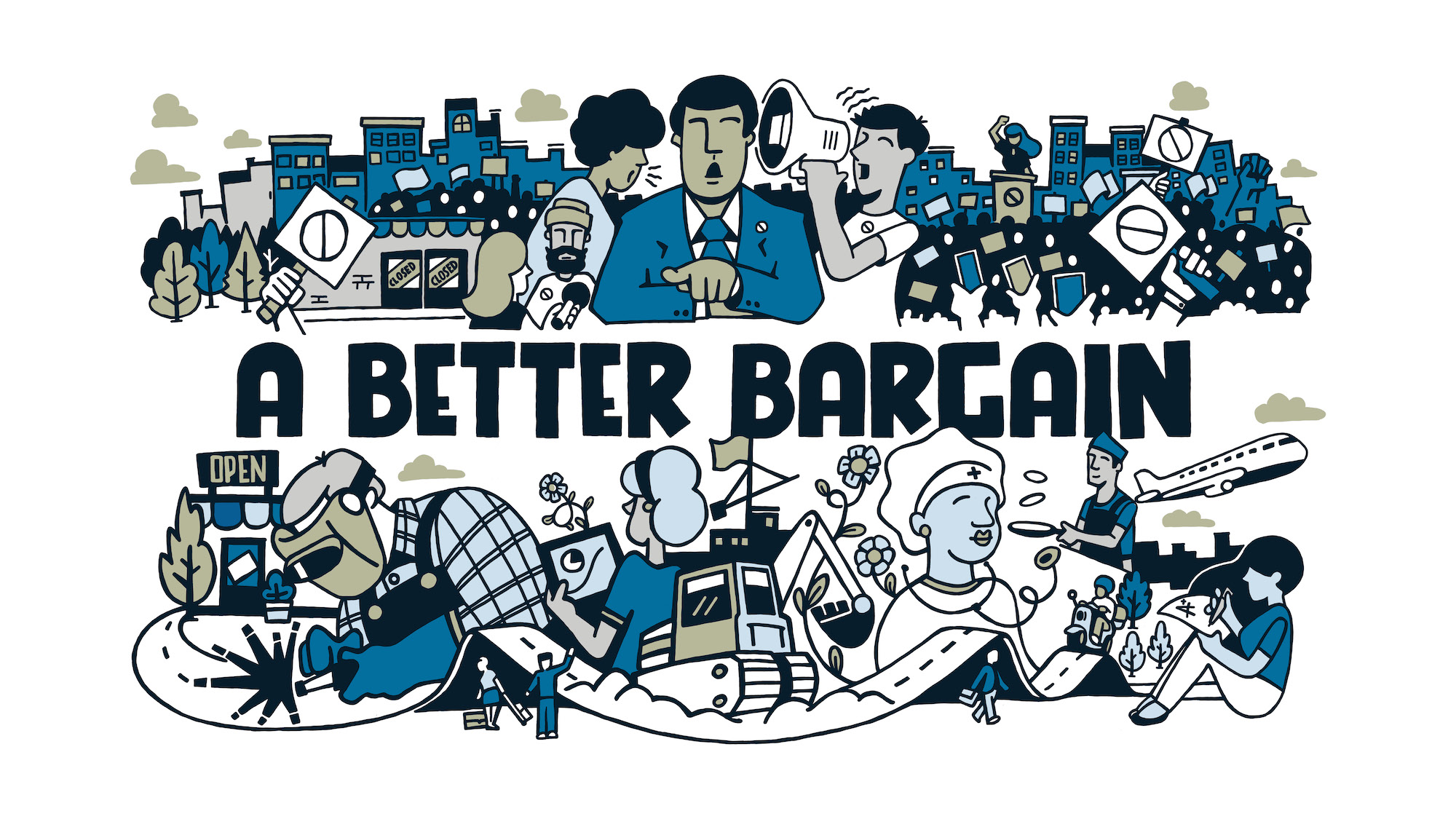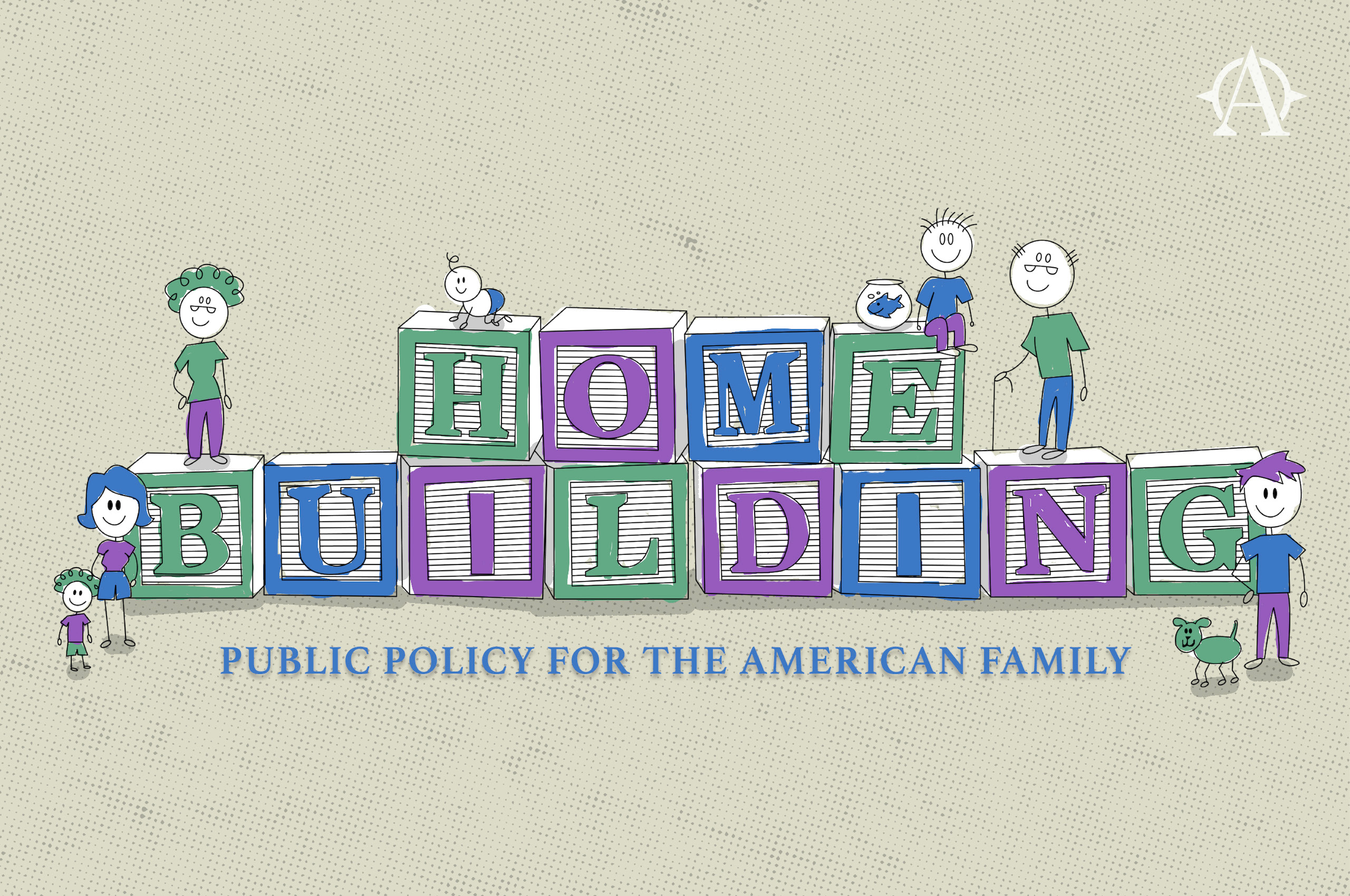

RECOMMENDED READING
The American health care system is far from family-friendly. One feature stands out: employer-sponsored health insurance (ESHI).
Most Americans (56%) are covered by ESHI plans, which they can receive tax-free. But attaching health insurance to employers creates unnecessary headaches for working families.
Loss of a job can mean losing coverage. An employment-based system is especially hard on low-wage and blue-collar workers, whose employers are less likely to provide health coverage.
Moreover, workers cannot take their insurance with them, making job changes difficult for families with high health care costs. A lack of alternative health insurance options may reduce job-switching by 15 to 25 percent. Families are denied the opportunity to shape coverage according to their needs, effectively undercutting what would be a key benefit of our private-dominant model. Instead, these decisions are overwhelmingly made by employers and government.
Even when families manage to maintain coverage, they’re shuffled between sometimes a dozen or more different health insurance plans over a lifetime. This creates obvious headaches—additional household paperwork, unexpectedly large bills due to coverage unfamiliarity—and needless administrative waste. Almost 9% of U.S. healthcare spending goes toward insurance administration, roughly 3 times the average among rich OECD countries.
ESHI’s fickleness makes childbearing more difficult, too. Prospective parents are highly sensitive to child-related health care expenses, timing fertility in line with expectations of health coverage generosity. During the five-year RAND health insurance experiment, women assigned free medical care experienced 29% more births than those assigned to a high-deductible plan. That eye-popping headline needs a bit of unpacking, though. The majority of this impact is attributable to families speeding up their fertility timetable to take advantage of childbearing effectively being “on sale.” Such sensitivity suggests that ESHI remains a frequent source of discouragement. For many parents, what was originally intended as a temporary pause in child-bearing plans can often become permanent. Indeed, disruptions to ESHI coverage likely help explain why fertility declined more sharply in the wake of mass job loss in the United States than Europe during the Great Recession.
It doesn’t have to be this way. ESHI was not a conscious policy decision, but an attempt to work around war-era wage controls by providing workers with benefits instead.
Yet rather than address the problem, American policymakers have created a complicated patchwork of government programs—including Medicare, Medicaid, CHIP, COBRA, the Veterans Health Administration, and the ACA exchanges. Still, about 8% of Americans remain uninsured.
Replacing our broken employer-centered system with one that puts families first should be the goal. One straightforward solution should appeal to conservative policymakers: require all insurers to provide a basic insurance plan that would provide families with protection against serious financial risk as well as basic preventative care against sickness.
Government would pay a substantial share of the premium for this basic plan, and copays and deductibles would be kept exceedingly modest, reflecting that even the poorest would be expected to purchase and use this basic medical coverage.
The bulk of financing would be contributed through folding in the various federal health care insurance programs, subsidies, and tax advantages, apart from the VA and Medicare. Children would be included in their parents’ plan at no direct cost, achieving cross-subsidization from the childless to families. Employers would be free to finance supplementary coverage for their employees, but would no longer receive any tax breaks for doing so.
The Netherlands provides an illustrative example of how this might work in practice. In 2006, a conservative coalition led by the Christian Democratic Appeal Party implemented a reform along these lines. The Health Insurance Act provided every citizen with a family-centered private insurance plan, abolishing their country’s Medicaid equivalent in the process.
Dutch insurers are now required to offer the “basic package,” a bundle of essential health services covering primary, specialty, emergency, and pharmaceutical care. Beyond this “basic package,” plans are highly customizable, offering the option to obtain coverage in areas such as contraception, physical therapy, dental care, and countless other areas. And 84% of Dutch purchase complementary coverage, illustrating the extent to which the “basic package” is genuinely basic.
As a result, the Netherland’s high-performing health care system is both aggressively pro-family and exemplifies a number of conservative ideals. Children are included in their parent’s plans at no additional cost. Families with religious objections to insurance may opt out and instead receive periodic contributions to a health savings account. It is entirely privately managed. Consumers have substantial choice, both in terms of plan details and providers.
The Dutch example provides just one workable model for family-centered health reform, but certainly not the only one. Placing family concerns front and center, conservatives and other family advocates should advance a health care agenda that overcomes the dysfunctional status quo. And they can do so without adding to the existing web of patchwork programs or succumbing to unworkable solutions.
[Note: This post is from the policy forum 7 Proposals to Make America More Family-Friendly.]
Recommended Reading
A Better Bargain: Worker Solidarity and Mutual Support
Straightforward federal reforms could enable state and local governments to partner with new labor organizations in administer portable benefits and sector-wide training.
Policy Brief: Worker-Run Benefits
Permit workers to administer their own employee benefits through organizations they control
7 Proposals to Make America More Family-Friendly
Writers and analysts from across the right-of-center apply a family-focused lens to contemporary policy challenges.













